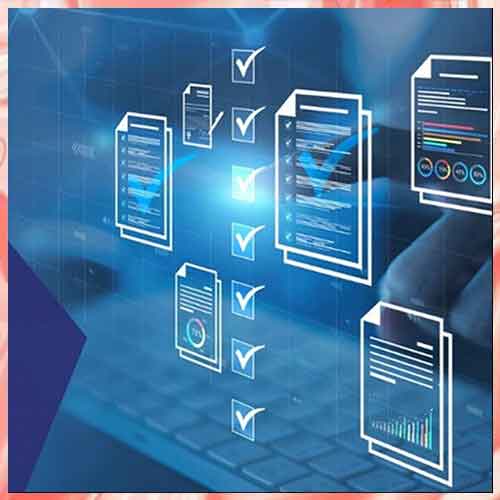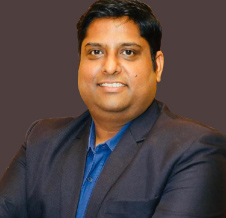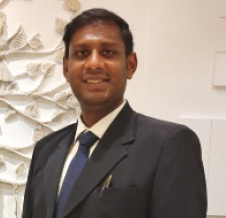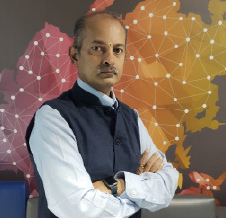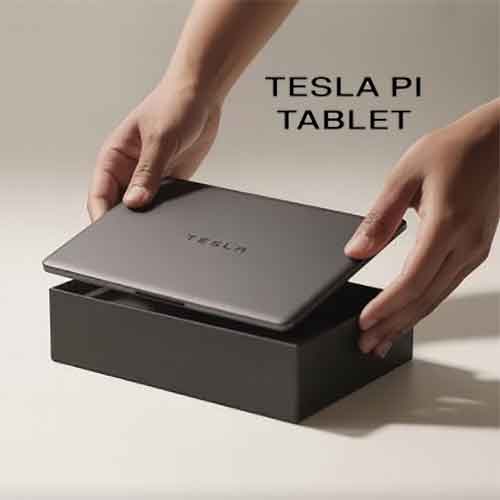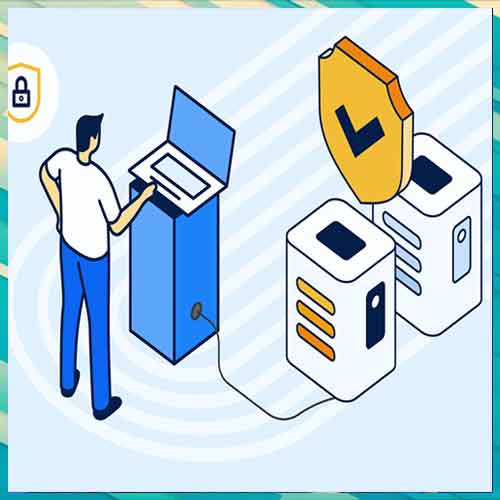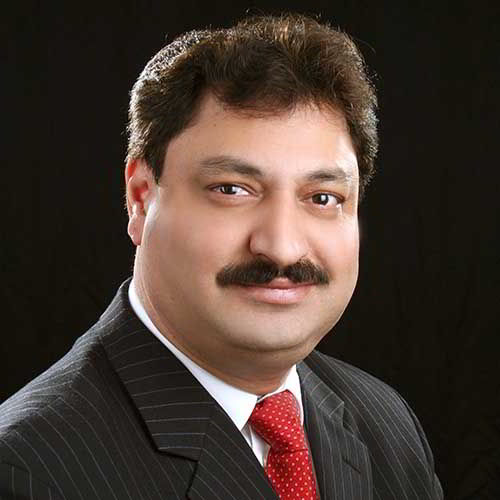
Mavenir the end-to-end, cloud-native network software provider, is focused on accelerating software network transformation and redefining network economics for Communications Service Providers (CSPs). Mavenir’s solutions are virtualized for voice & data core, Radio Access Network (RAN), Messaging and Rich Communication Services. Sanjay Bakaya, Regional Vice President, India & South Asia, Mavenir shares his view about Mavenir’s end-to-end software, their latest offerings, challenges faced by them, future roadmap and 5G telecom market scenario.
Can you brief us about Mavenir’s End-to-End software?
Ans. Mavenir is Industry’s only 100% Software, End-to-End mobile network infrastructure vendor with an open platform for hardware and virtualized software. These solutions are state of the art virtualized for voice & data core, Radio Access Network (RAN), Messaging and Rich Communication Services. For example,NFVI based solution provided by Mavenir results in de-coupling software and hardware that enables the Operators to have the flexibility to deploy Commercial off the Shelf (COTS) hardware which further leads to substantial TCO savings which are not achievable by erstwhile “locked-in” hardware-software solutions.
What is unique about Mavenir’s offerings?
Ans. Our entire approach is unique and innovative. The solutions which we offer allows Communications Service Providers (CSPs) to quickly and efficiently deploy secure and advanced communications while capitalizing on new monetization services. Also, this is possible without incurring high costs and complexity associated with large-scale network infrastructure projects. The other advantage which we offer to enable our CSPs to chose which functionalities they would like to retainon their network. such as customer data - bringing back control to the operators and expanding their role in the digital economy.
What are the challenges that you see in front of the industry today? How can these challenges be solved?
Ans. One of the biggest challenge facing the industry is the financial stress. Besides that we have the lowest global ARPU and the ever-challenging cost levels, all this put together in the long term are becoming unsustainable for the operators. Relying on legacy systems and not investing in future technologies is a vicious trap. Changing consumer behavior with data-heavy focus is pushing operators to rework their network strategy.It is time for the operators to redefine themselves in this new age. Competition with OTT and expanding the services bouquet with tie-ups with content providers will become a norm. Solo voice and data pipe value proposition will not be enough.
What kind of opportunity 5G would bring to the Indian Telecom market?
Ans. 5G opens up use cases and multiple new revenue streams. It will enable machine-to-machine communication and the Internet of Things. Cost-effectiveness for 5G will happen with economies of scale and volume availability of eco-system (network, devices and IoT sensors). With the USA leading the 5G rollout, which would soon spread in Korea, Japan, Europe, and Australia in the next 12 months, we expect 5G mass proliferation to begin in about two years from now. This would sharply bring costs down due to the scale effect. The impetus to local and indigenous solutions in IoT would be key for low-cost applications of 5G suited for Indian diaspora and industry use cases. From a network perspective, de-coupling of hardware and software to get the lowest cost proposition for volume deployments will be a key push for operators. We expect 100% of VNFs to move to Cloud Native functions bringing in hitherto unheard-of cost efficiencies.
How Mavenir is driving digital transformation in the Telecom sector?
Ans. Digital transformation has become a pre-requisite to succeed in the new world order where data in this era is the currency. Digital transformation encompasses the entire value chain from end customer experience to the internal organization fulfillment processes. Indian Communication Service providers have already commenced Digital Transformation across their operations in IT & Networks domain. This transformation approach is potentially of two steps. The digital transformation towards the end consumer experience & connect points is the first step. Service providers have already embarked on this journey and have taken big strides. This journey aims to have a seamless digital experience for subscribers for their services needs across multiple offerings of mobile services, DTH, Fixed & Broadband Services. OSS, BSS & analytics platforms play a significant role in realizing various aspects of this first step. The second step, which typically also goes in parallel, involves the transformation of network & fulfillment of subscriber demands. Software-defined Networking, elastic capacity with scale-in & scale-out and software-centric virtualized solutions are key building blocks for this step. Here,Mavenir brings end-to-end 100% open platform for hardware and virtualized software solution for network Infrastructure to Indian telecom operators. Our solutions are state of the art virtualized for voice & data core, Radio Access Network (RAN), Messaging and Rich Communication Services. These will enable operators in enhancing user experience and addressing new consumer demands at a much faster pace.
How is V-Ran technology different from traditional mobile/ network?What are the benefits over these?
Ans. Virtualization involves decoupling software from hardware, enabling network operators to develop and deploy innovative services automatically. With technologies like network functions virtualization (NFV), for example, operators can quickly deliver customizable services with virtual machines that run on inexpensive nodes. This makes the network more agile while reducing the need for expensive proprietary hardware. Similarly, a virtual RAN (V-Ran) applies the principles of NFV by virtualizing network functions, providing a greater degree of flexibility in the RAN in return.
The virtualization of the RAN is expected to help carriers prepare for 5G networks, which further increase bandwidth requirements. For example, a 5G virtual base station can improve system capacity and spectral efficiency by drawing from a pool of BBUs that share signaling among cells. A virtual RAN can also help simplify the deployment of novel features and algorithms, which optimize resource usage and enhance the end-user experience.
Who are your leading clients?
Ans. Mavenir is engaged with all major Indian Telcos viz. Bharti Airtel, BSNL, RJio & Vodafone Idea Limited. We have business across core and messaging with major operators and are in detailed discussions on disruptive open RAN technology.
What are your expectations from 5G spectrum bidding?
Ans. 5G spectrum is a welcome development as it gives room for more firms in the market. The world, led by China, is moving towards 5G and India can’t be left behind. But, we are expecting the government to lower the base prices for the auction of spectrum for next-generation 5G networks. Currently, the government's proposed base price for the auction of spectrum for next-generation 5G networks is too high.
What are Mavenir’s future plans?
Ans. Our plan in the next 12 to 18 months is to be one of the most preferred partner of the operators in India for the transformation of network infrastructure economics. We will continue to grow India center at Bangalore as a global hub for R&D and technical support. We will enhance our efforts on localization to enable the growth of the Indian telecom industry in both software and manufacturing.
See What’s Next in Tech With the Fast Forward Newsletter
Tweets From @varindiamag
Nothing to see here - yet
When they Tweet, their Tweets will show up here.







